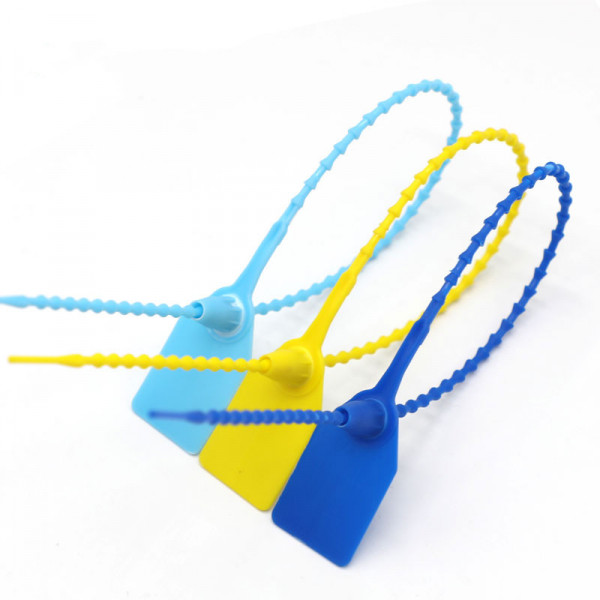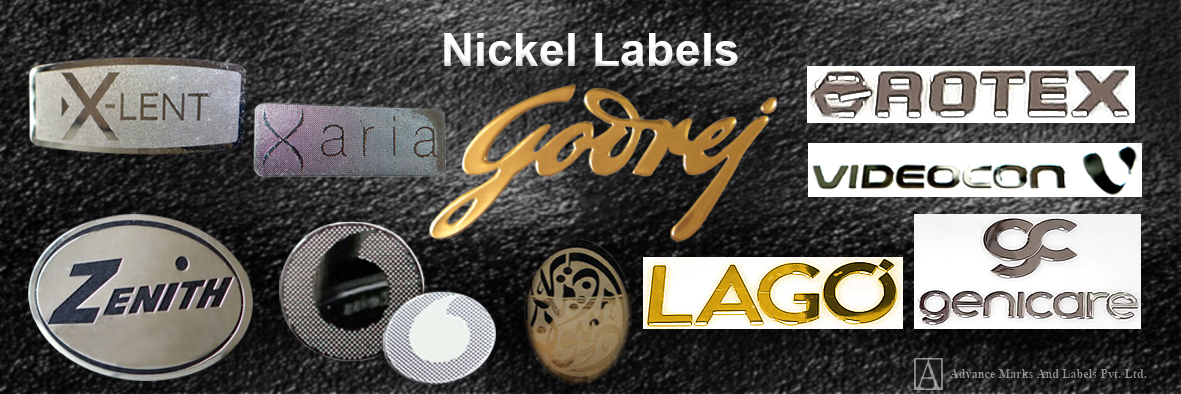

Component specifications, assembly drawings, and test/inspection procedures may be appropriate controls to prevent mixup of meters, pushbuttons, and other labeled instrument controls.

The engineering drawings or purchase specifications and mounting procedure must specify, as appropriate, the label substrate, dimensions, ink, finish, mounting method, etc., so that the purchased label will remain attached and legible during the customary conditions of processing, storage, handling, distribution, and use.įront panels, other instrument panels, meters, fuses, pushbuttons, and the like often are labels or contain labels and must, as appropriate, meet device master record and control requirements. Thus, artwork or "copy" alone will not fulfill the device master record requirements for labeling except for the most simplistic labeling such as brief errata sheets. For correct purchase and use of labeling, specifications are usually stated on engineering drawings and/or purchase specifications. Hard copy labels, package inserts, and similar labeling are specified and purchased as components.
Removing serial number stickers from plastic panel code#
Further, artwork may contain only an identification code or title if the "content" of the artwork is duplicated on approved engineering drawings or adequately identified (cross-referenced) with respect to the label approval form. The approval signature, date, etc., may be on the backside of artwork or on a label approval form. All procedures, drawings, and artwork must have the name of the preparer, an approval signature, and a date. Labeling specifications are: engineering drawing and/or artwork for each label, appropriate inspection or control procedures, and appropriate procedures for attaching the labels. Specifications are required in the design history file (DHF) 21 CFR 820.30 for the content and physical design parameters of labels. In such cases, the device is misbranded and adulterated. However, failure to comply with GMP requirements, such as proofreading and change control, could result in labeling content errors. These requirements do not apply to the adequacy of labeling content, except to make sure the content meets labeling specifications contained in the device master record. FDA considers a device to be adulterated if these requirements are not met. It applies to the application of labeling to ensure legibility under normal conditions of use over the expected life of the device and also applies to inspection, handling, storage, and distribution of labeling.

21 CFR 820.120 deals with specific requirements for the control of labeling. Various sections of the QS regulation have an impact on labeling: Section 21 CFR 820.80(b) requires the inspection and testing of incoming materials including labeling and 21 CFR 820.70(f) requires buildings to be of suitable design and have sufficient space for packaging and labeling operations. The displays on CRT's and other electronic message panels are considered labeling if instructions, prompts, cautions, and parameter identification information are given. Labeling includes equipment labels, control labels, package labels, directions for use, maintenance manuals, etc. The QA program must be adequate to ensure that labeling meets the GMP device master record requirements with respect to legibility, adhesion, etc., and ensure that labeling operations are controlled so that correct labeling is always issued and used. Medical device manufacturers must incorporate in their quality assurance (QA) program several elements that relate to labeling in order to meet the Good Manufacturing Practice (GMP) requirements of the Quality System regulation.


 0 kommentar(er)
0 kommentar(er)
